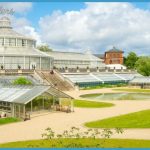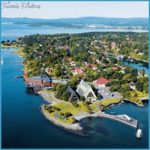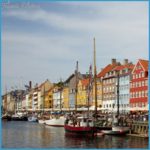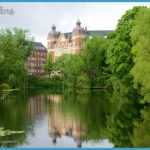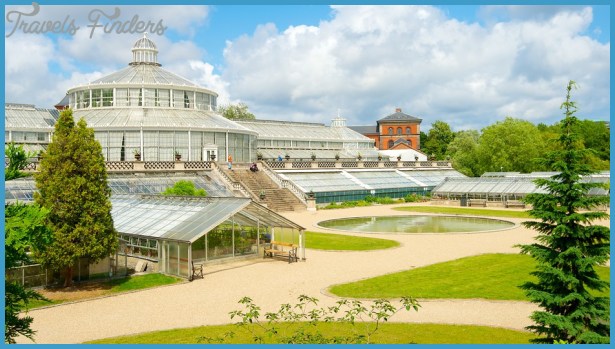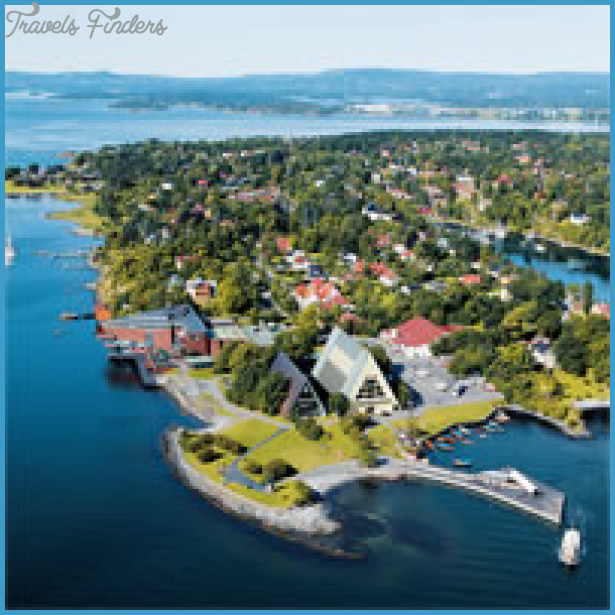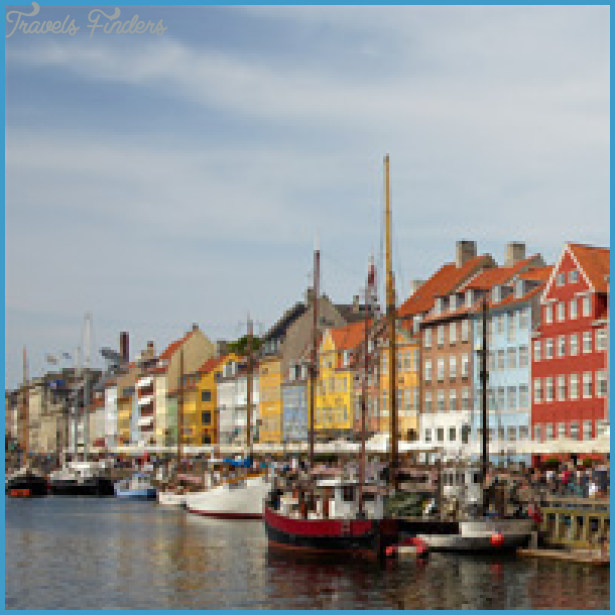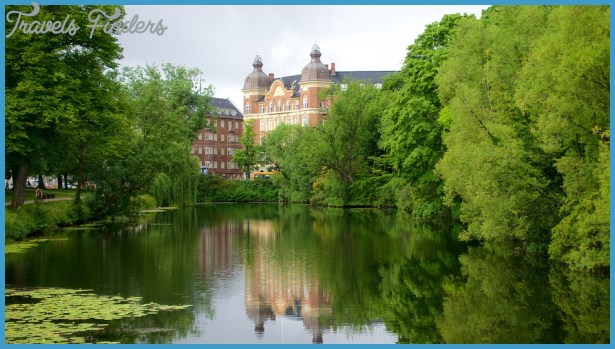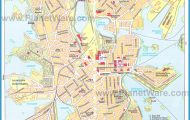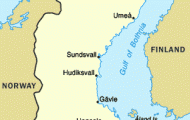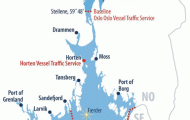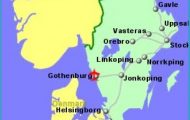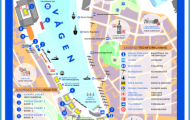In the courtyard is an equestrian statue of Frederik VII. There are conducted tours ofthe state apartments and the Folketing. The palace church (1826), in a restrained neo-classical style, has a dome with figures of angels by Thorvaldsen. Within the Riding School complex (where the royal horses are. exercised every morning) is the old court theatre, now the Theatre Museum; in the middle of the Riding School is a monument to Christian IX.
On the other side of Tojhusgade from Christiansborg is the old Arsenal (70-hus), now housing a military museum, and adjoining it the Royal Library (1,700,000 volumes, 52,000 manuscripts: temporary special exhibitions), and a small park. This area was once occupied by a harbour basin.
Immediately NW of Christiansborg Palace is the Thorvaldsen Museum, with works by the greatest Danish sculptor, Bertel Thorvaldsen (1770-1844). The building, in neo-classical style, was designed by Gottlieb Bindesboll (1839-48). On the exterior wall facing the canal are frescoes depicting Thorvaldsen’s return from Rome in 1838. In addition to Thorvaldsen’s works the museum contains his own art collection and displays illustrating his method of working. In Gammel Strand, on the opposite side ofthe canal, is a statue of an old fishwife; and in front of the statue can be seen every morning her living representatives the fishwives who have the privilege of selling their wares here.
SE of Christiansborg, facing the harbour, is the Exchange (Borsen, 1 61 9-20), a picturesque building in Dutch Renaissance style with a spire 54 m (177 ft) high formed of the intertwined tails of four dragons. On the opposite side of the canal is the early 17th c. Holmen Church, originally built as an anchor forge, with a Baroque altar of unpainted oak by Abel Schroder, who also carved the pulpit. The Royal Doorway” was brought here from Roskilde Cathedral. Organ recitals are given in the church. In a side chapel are the tombs of Nils Juel (d. 1697) and Peder Tordenskjold.
From here the Knippelsbro, a bascule bridge with a span of 29 m (95 ft), leads into the CH RISTIANSHAVN district. The older part of this district, traversed by a number of canals, has something of the atmosphere of Amsterdam. In Skt. Ann Gade is the Church of Our Saviour (Vor Frelsers Kirke), with a splendid Baroque altar, a beautiful font and a richly carved organ. The characteristic spire, with an external spiral staircase and a figure of Christ standing on a globe, affords extensive views. In Strandgade are attractive old houses and the Christians Kirke, flanked by two pavilions.
In an old barracks in BSdsmandsstraede is the free state of Christiania, which proclaimed its independence in 1971, received a measure of official recognition as a social experiment from 1 973 to 1 975, and since then has continued to exist outside the law (members use drugs openly), although the authorities could, legally, evict the occupants an unconventional example of the famous Danish tolerance, which does not always stretch as far as this.

